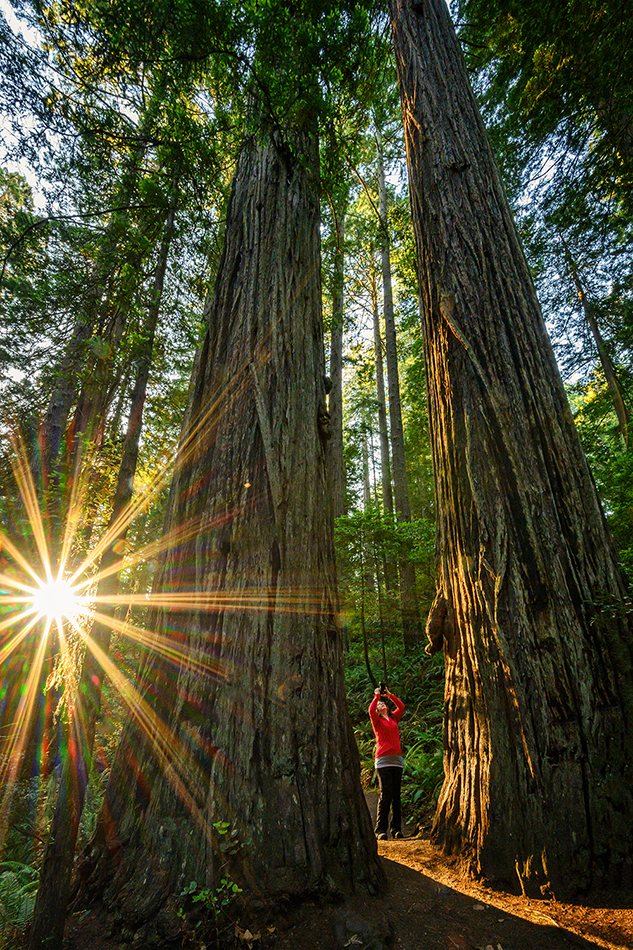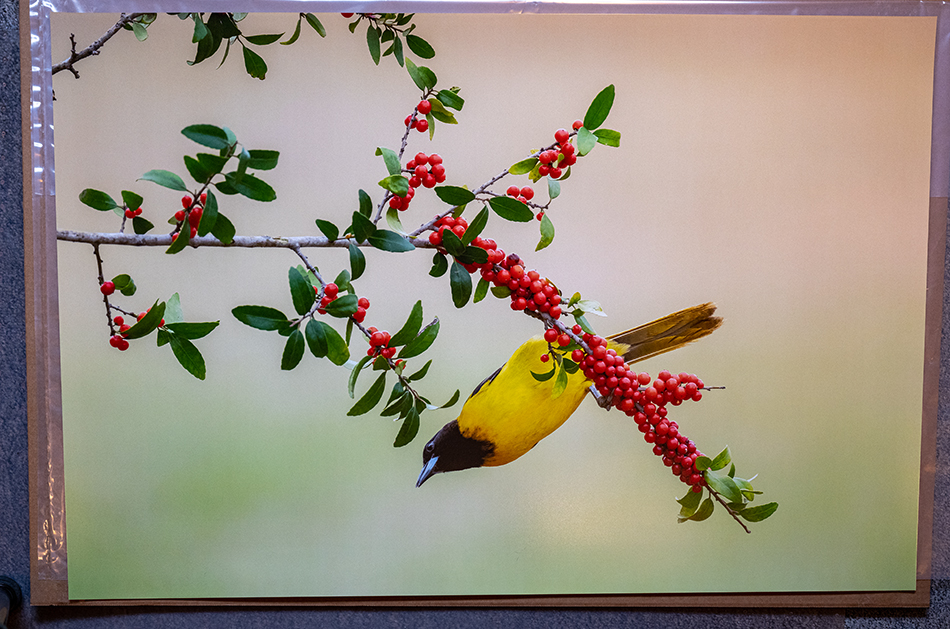
The megapixel race continues with cameras. I remember getting my D850 and saying wow, this is a huge file and more than I need. Now 50-60MP cameras are being announced, and who knows what is next. But very curiously, you have both Nikon and Canon introducing their latest flagship cameras and keeping the file size at 20 MP, but with better ISO performance in low light. Hmmm. Just how big of file do your really need? It depends on your final use, shooting habits and camera technique. Let’s talk about some common practices:
-you must use large MP cameras to make bring prints. If you research online, you will find many printing guidelines that say you simply can’t make a 24×36 inch print from a small 20 MP file. Or if you do you must use a low DPI (instead of 300DPI) and must view the print from a long distance so you don’t see the low resolution quality. Which got me to thinking…I know many professional sports photographers who rely on 20MP fast frame rate cameras like the Nikon D5. I’ve seen their Olympic images in 3×5 foot high resolution prints and they looked great.

Since I shoot a ton of wildlife and adventure sports using my D5, I decided to send Bay Photo a recent image taken with my D5. As per Bay Photo’s guidelines, this was an original 8bit (not even 16bit) RGB file from the camera. I simply did my normal RAW processing, saved the shot and sent it to Bay Photo. I ordered a 24×36″ standard print. When my print arrived a few days later, imagine my surprise when it looked razor sharp. As in my face was 10 inches away as I scrutinized the print. Stunning! I don’t know if Bay Photo did any interpolating of the original to make the print, but it looks fabulous (image above).
I also just returned from speaking for Nikon at CES in Las Vegas. They had a gallery of images from the presenters, including a 4×6 foot huge travel image I took in Morocco. This enormous glossy print was created from a standard Z6 24MP file. I took a close look and the print looked amazing. So my experience with camera MP size and printing big is you can print really big images from 20-24MP cameras, and they look stunning even when viewed very close.
-shooting habits can justify using large MP cameras. As mentioned before, I love shooting at 12FPS using my D5. But sometimes I just can’t get close enough to my subject, and I want to crop down the photo. Starting with a 20MP camera doesn’t give me much file to work with. But if I shoot my D850 I am starting with a 45MP huge file and can crop way down and still have a nice usable file. So if you like to crop, then consider higher MP cameras. But remember this rule that was told to me over and over in journalism school…fill the frame, don’t crop. If you can get close enough to your subject, then fill the frame and don’t crop.
-camera technique affects megapixels. Yes, it is true. If I have my D850 and my 600mm F4, I better be rock solid and using a fast shutter speed. The D850 files will reveal any sloppy/blurry/shaky issues that come from my poor technique. Using a D5, this is less apparent with a lower res file. But the flip side is true. If you create a razor sharp stunning 20MP file, then you are really going to be able to do a lot with it, including making very large prints.
I don’t know what techniques Bay Photo or Nikon are using to enlarge files for printing. Certainly there is some great software like Topaz Gigapixel AI that produces great results. I imagine new software combined with better file quality from digital cameras is changing the parameters on file size and creating large prints.
Everyone will have different end uses with their images, and choose different MP cameras. But if you don’t need a large MP camera, consider saving yourself some drive space and try using a 20-24MP camera. On the other hand, if you love to crop or like large files for your home printing, go with the big MP camera. Just realize you don’t need huge MP cameras to make large prints like 24×36″.